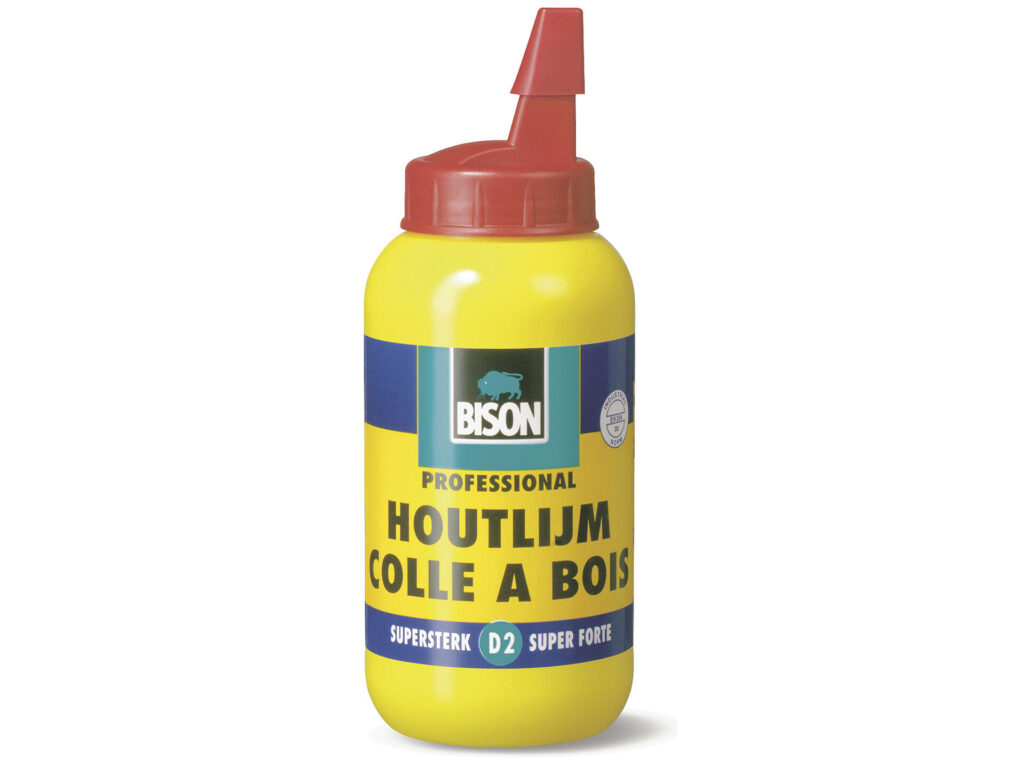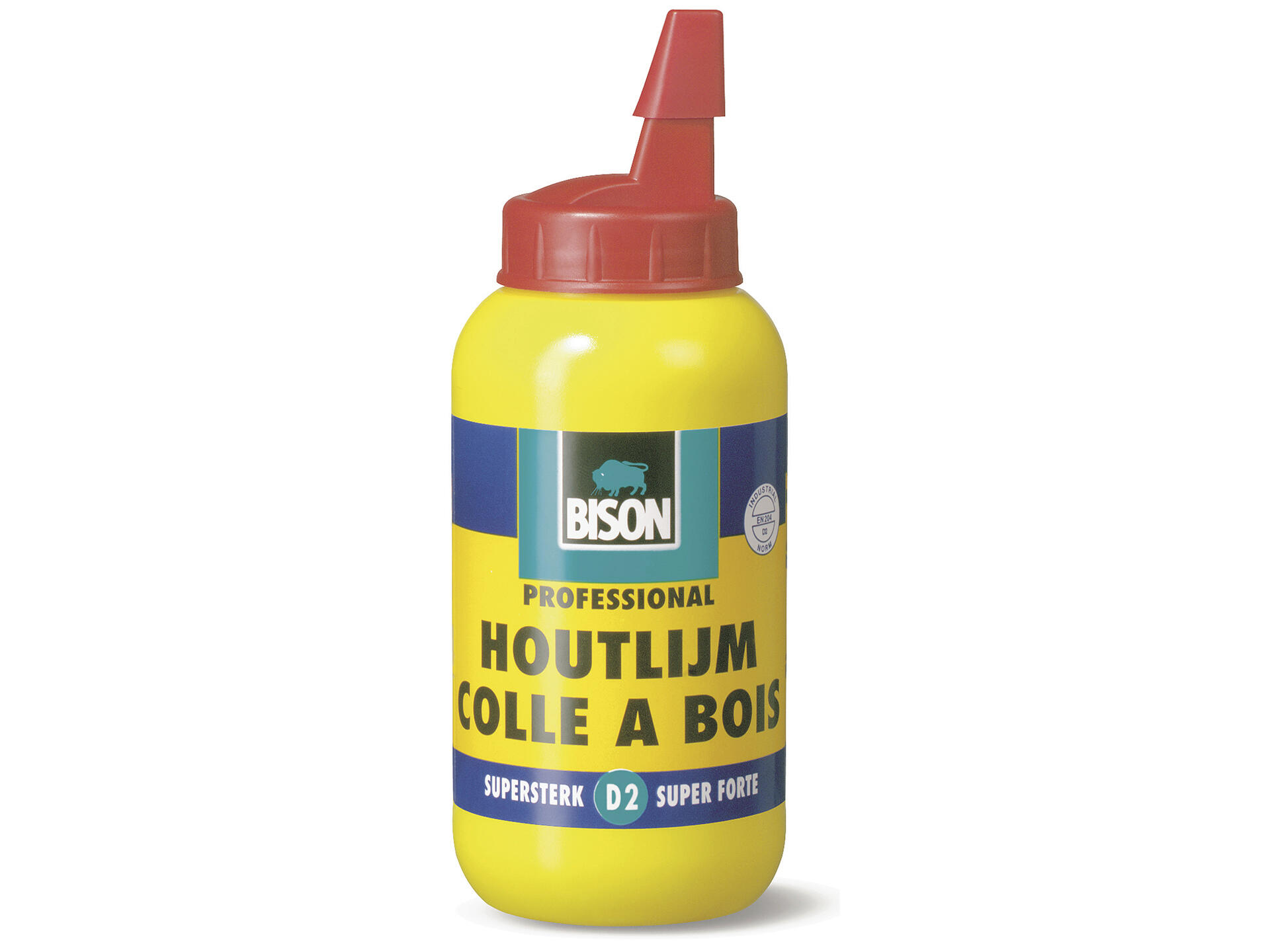
Food-Grade Wood Glue: Ensuring Safety and Compliance in Food Contact Applications
When crafting items that come into contact with food, such as cutting boards, wooden utensils, or even certain types of food packaging, the choice of adhesive becomes paramount. Not all wood glues are created equal, and selecting a food-grade wood glue is crucial for ensuring the safety and well-being of consumers. This article delves into the world of food-grade wood glue, exploring its characteristics, regulations, applications, and why it’s an essential component in food-related woodworking projects.
Understanding Food-Grade Compliance
The term “food-grade” implies that a substance is safe for contact with food. In the context of food-grade wood glue, this means the adhesive has been formulated and tested to meet specific standards set by regulatory bodies. These standards aim to prevent the migration of harmful chemicals from the glue into the food it comes into contact with. Key organizations involved in setting these standards include:
- The U.S. Food and Drug Administration (FDA): The FDA regulates substances that come into contact with food in the United States.
- The European Food Safety Authority (EFSA): EFSA provides scientific advice and risk assessments related to food and feed safety in the European Union.
Manufacturers of food-grade wood glue must adhere to these regulations, ensuring their products undergo rigorous testing to demonstrate compliance. This testing typically involves assessing the potential for migration of substances from the glue into food simulants under various conditions.
Characteristics of Food-Grade Wood Glue
Several characteristics distinguish food-grade wood glue from standard wood adhesives:
- Non-Toxic Formulation: Food-grade wood glue is formulated with ingredients that are considered non-toxic and safe for human consumption in trace amounts.
- Low Volatile Organic Compounds (VOCs): These glues typically have low VOC content, minimizing the release of potentially harmful fumes during application and curing.
- Water Resistance: Many food-grade wood glues offer good water resistance, which is important for items that will be frequently washed or exposed to moisture.
- Strong Bonding Strength: Despite being formulated for safety, food-grade wood glue still provides a strong and durable bond, ensuring the longevity of the assembled item.
- Compliance Certification: Reputable food-grade wood glue products will come with documentation or certifications indicating their compliance with relevant food safety regulations.
Common Types of Food-Grade Wood Glue
While the specific formulations may vary, some common types of wood glue are often considered suitable for food contact applications when properly certified:
- Polyvinyl Acetate (PVA) Glue: Certain PVA glues are formulated to be food-grade wood glue. Look for specific certifications and ensure the product is explicitly labeled as safe for food contact.
- Epoxy Resins: Some epoxy resins, when fully cured, can be considered food-grade wood glue. However, it’s crucial to choose an epoxy specifically designed for this purpose and follow the manufacturer’s instructions carefully to ensure complete curing.
- Hide Glue: Historically, hide glue has been used in woodworking and is considered a natural and potentially food-grade wood glue option. However, modern hide glue formulations may contain additives, so it’s essential to verify the ingredients and certifications.
Applications of Food-Grade Wood Glue
The applications of food-grade wood glue are diverse, spanning various industries and woodworking projects:
- Cutting Boards: Joining wood pieces to create cutting boards requires a food-grade wood glue to prevent contamination.
- Wooden Utensils: Spoons, spatulas, and other wooden utensils that come into direct contact with food must be assembled with a safe adhesive.
- Food Packaging: Certain types of wooden food packaging, such as cheese boxes or crates, may require food-grade wood glue.
- Butcher Blocks: Similar to cutting boards, butcher blocks need a food-grade wood glue to ensure food safety during preparation.
- Toys for Young Children: Wooden toys that children might put in their mouths should be assembled with food-grade wood glue to minimize the risk of exposure to harmful chemicals.
Choosing the Right Food-Grade Wood Glue
Selecting the appropriate food-grade wood glue involves careful consideration of several factors:
- Certification: Look for products that are certified by reputable organizations like the FDA or EFSA. This certification provides assurance that the glue meets established food safety standards.
- Application Requirements: Consider the specific requirements of your project, such as water resistance, bonding strength, and curing time. Choose a glue that meets these needs while also being food-grade wood glue.
- Manufacturer Reputation: Opt for glues from reputable manufacturers with a proven track record of producing high-quality and safe adhesives.
- Read the Label: Carefully read the product label and safety data sheet (SDS) to understand the glue’s composition, application instructions, and safety precautions.
- Consider the Wood Type: Some wood types may require specific types of glue for optimal bonding. Ensure the chosen food-grade wood glue is compatible with the wood species you are using.
Proper Application and Curing
Even with the best food-grade wood glue, proper application and curing are essential for ensuring its safety and effectiveness:
- Surface Preparation: Ensure the wood surfaces are clean, dry, and free of any contaminants that could interfere with bonding.
- Application Technique: Apply the glue evenly and in the recommended amount. Avoid excessive glue application, as this can lead to longer curing times and potential contamination.
- Clamping: Clamp the pieces together securely to ensure proper contact and bonding during the curing process.
- Curing Time: Allow the glue to cure completely according to the manufacturer’s instructions. Full curing is crucial for achieving maximum strength and minimizing the risk of chemical migration.
- Ventilation: Apply and cure the glue in a well-ventilated area to minimize exposure to any potential fumes.
Safety Precautions
While food-grade wood glue is designed to be safe for food contact, it’s still important to take certain safety precautions during handling and application:
- Wear Gloves: Wear gloves to protect your skin from direct contact with the glue.
- Eye Protection: Wear eye protection to prevent splashes or accidental contact with the eyes.
- Ventilation: Work in a well-ventilated area to minimize exposure to fumes.
- Keep Away from Children: Store the glue out of reach of children to prevent accidental ingestion or misuse.
- First Aid: In case of contact with skin or eyes, rinse thoroughly with water. If irritation persists, seek medical attention.
The Importance of Verification and Due Diligence
When it comes to food-grade wood glue, trusting that a product is certified isn’t always enough. As a professional, it’s important to verify claims and conduct your own due diligence to ensure the safety of your products and the well-being of consumers. This can involve:
- Contacting the Manufacturer: Reach out to the manufacturer to request documentation and certifications related to food safety compliance.
- Independent Testing: Consider sending samples of the glue to an independent laboratory for testing to verify its food-grade status.
- Staying Informed: Keep up-to-date with the latest food safety regulations and guidelines to ensure your practices are compliant.
The Future of Food-Grade Adhesives
The demand for safe and sustainable food-grade wood glue is likely to continue to grow as consumers become more conscious of the materials used in food-related products. This trend is driving innovation in the adhesive industry, with manufacturers developing new and improved food-grade wood glue formulations that offer enhanced performance and environmental benefits. Research into bio-based adhesives and sustainable materials is also contributing to the development of safer and more eco-friendly options.
Conclusion
Food-grade wood glue is a critical component in any woodworking project that involves contact with food. By understanding the regulations, characteristics, and applications of these specialized adhesives, woodworkers can ensure the safety and compliance of their creations. Choosing the right food-grade wood glue, applying it properly, and taking necessary safety precautions are essential steps in creating high-quality and food-safe products. Remember to always prioritize safety and compliance when working with materials that come into contact with food. [See also: Woodworking Safety Tips] and [See also: Best Types of Wood for Cutting Boards]

